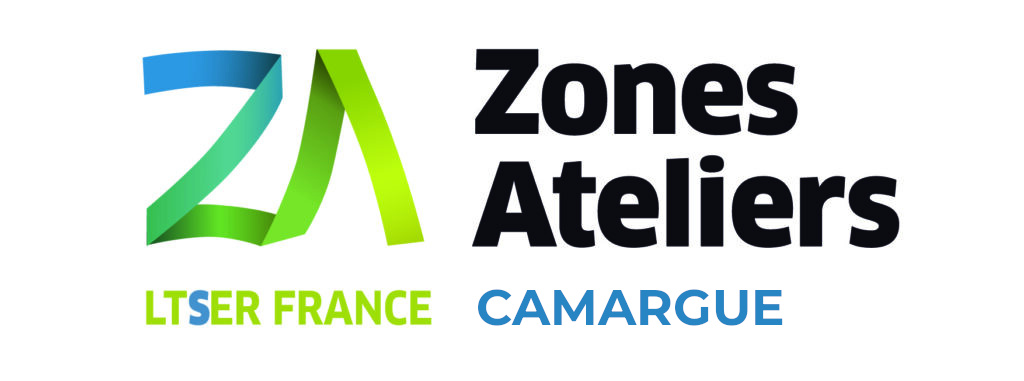Governance Framework During the Initial Phase of the LTSER ZACAM
In a context of co-construction, one of the strategic levers for creating a space where personal, institutional, and collective scientific identities can be articulated and brought together around the LTSER ZACAM collective is the establishment of a governance framework that matches its scientific ambitions. These ambitions are extensive: beyond simply aligning projects, the goal is to structure them within a shared vision, capable of responding to stakeholder needs—anticipating future developments and risks, and adapting to transitions and emerging challenges. This aims to enhance territorial resilience through the body of knowledge consolidated around ZACAM. The governance model is designed to be inclusive, incorporating a diverse array of stakeholders into its decision-making bodies. This inclusive governance will focus oncollaborative bodies and It is built on collaborative structures and thematic working groups that reflect the diversity of the research conducted and the societal expectations it addresses.
In this initial phase of development and consolidation, the governance of ZACAM is primarily organized around the following entities and meetings:
- The Co-Directors' Committee (CODIR) is responsible for coordinating and implementing the actions defined in terms of organisation and leadership, with the support of the Working groups which it forms and convenes, and whose composition and themes vary according to the areas of focus and projects. It relies on the complementary nature of the people involved, in terms of disciplines, and must ensure that the CODIR has the necessary skills to evaluate and develop the project(s).
- Two working groups: 1/ on Antibiotic resistance, 2/ on instrumentation and data have been set up. They should soon be joined by a third working group on Communication in relation to current projects.
Finally, the strategic direction is defined during Annual General Meeting which brings together all its members and partners and in which the activities of the ZACAM are discussed, evaluated and validated in the light of the missions it pursues.
ZACAM CODIR: Workshop Zone co-directors
ZACAM management is carried out by three CNRS research directors (UMR 5290 MIVEGEC, UMR 5244 IHPE, UMR 5175 CEFE) in Montpellier, and theTour du Valat Research Institute (titular and substitute) :
- Frédéric THOMAS : CNRS Research Director (MIVEGEC) - Mail : frederic.thomas2@ird.fr
- Delphine DESOUMIEUX-GARZON CNRS Research Director (IHPE) - Mail : delphine.destoumieux.garzon@ifremer.fr
- Raphaël MATHEVET CNRS Research Director (CEFE) - Mail : Raphael.mathevet@cefe.cnrs.fr
- Tour du Valat : Marion VITTECOQResearch Director (Health) and Olivier BOUTRONResearch Fellow (Hydrology)
Two CNRS research engineers are in charge of coordination and leadership:
- Nathalie BOUTIN-RICHTER, scientific coordination and leadership : Nathalie.boutin@ird.fr
- Jean-Claude RAYNAL, instrumentation coordination: Jean-Claude.raynal@ird.fr
Team photo Tour du Valat
From left to right From left to right
Delphine Destoumieux-Garzon Marion Vittecoq and Olivier Boutron
Raphaël Mathevet , Frédéric Thomas
Jean-Claude Raynal , Nathalie Boutin-Richter
Projected governance
This governance structure will be gradually consolidated through the creation of additional bodies:
- a Scientific Steering Committee/Council (COPIL)which will guide the scientific and technical actions to be promoted with/among academic and institutional partners in alignment with the overall strategy defined by the Strategic Orientation Council (COS). The COPIL will operate as restricted body convened after the Annual General Meeting.
- a Strategic Orientation Committee/Council (COS) will enable a wide range of stakeholders to contribute to the strategic direction of the LTSER ZACAM through Annual General Meeting that brings them together. The COS and COPIL include representatives of the biosphere reserve coordinators: the Camargue Regional Nature Park and the Syndicat Mixte Camargue gardoise.
This governance model aims to foster collegiality, parity and coordination particularly by integrating other relevant frameworks and initiatives (where feasible) to ensure the continuity of collaboration among research teams. It also seeks to promote a collaborative spirit with local stakeholders throughout the process. Particular emphasis will be placed on specific research projects, as these act as drivers of momentum and facilitate stakeholder engagement and ownership.



